The London System is one of White’s most popular 1. d4 openings.
It’s considered a system because White can play the same moves for a variety of Black’s responses. The setup of the London can adapt to a lot of moves Black plays.
This is why it’s very popular among players. It also does not have as much theory as other openings.
The starting structure of the London is a pawn on d4 and a bishop on f4. White can employ this against a variety of Black’s moves.
1. d4 d5 2. Bf4
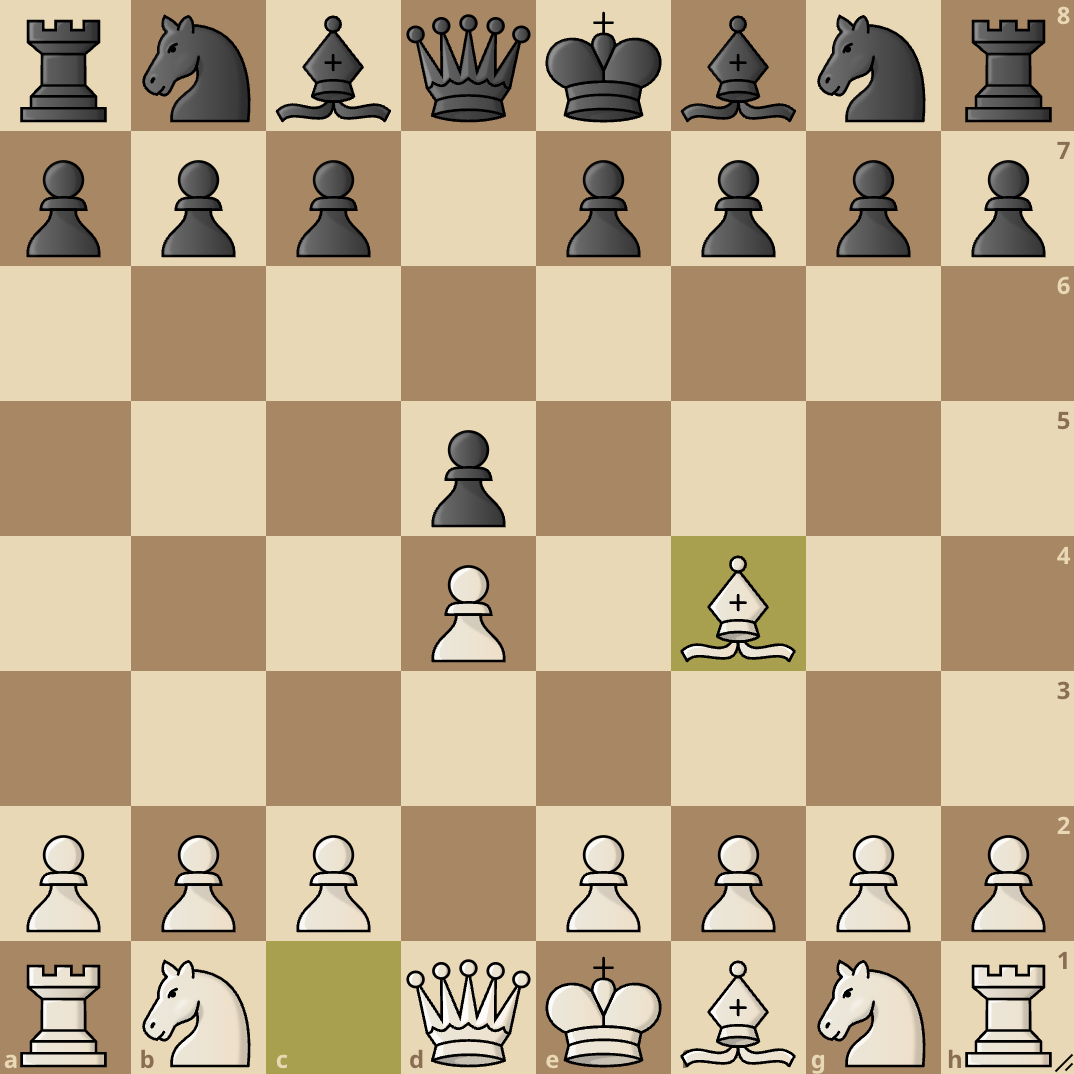
White can also enter the London by switching up move orders, for example, 1. d4 d5 2. Nf3 Nf6 3. Bf4

White’s aim in the London is very simple: Create a solid pawn structure and gain control of the center, especially the e5 square by playing d4 and then supporting the d-pawn with c3 and e3. The knight is also developed to f3 to gain even more control over the e5 square.
This strong structure makes it very difficult for Black to launch a successful attack against White’s camp.
However, the major con that comes with this opening is that while it is a solid fortress, White would not have many attacking chances.
The setup of the London is pretty straightforward, so let’s go through three popular variations that can arise from this system.
The Mainline
1. d4 d5 2. Bf4 Nf6 3. e3 c5 4. c3 Nc6 5. Nd2 e6 6. Ngf3 Bd6 7. Bg3 0-0 8. Bd3 b6
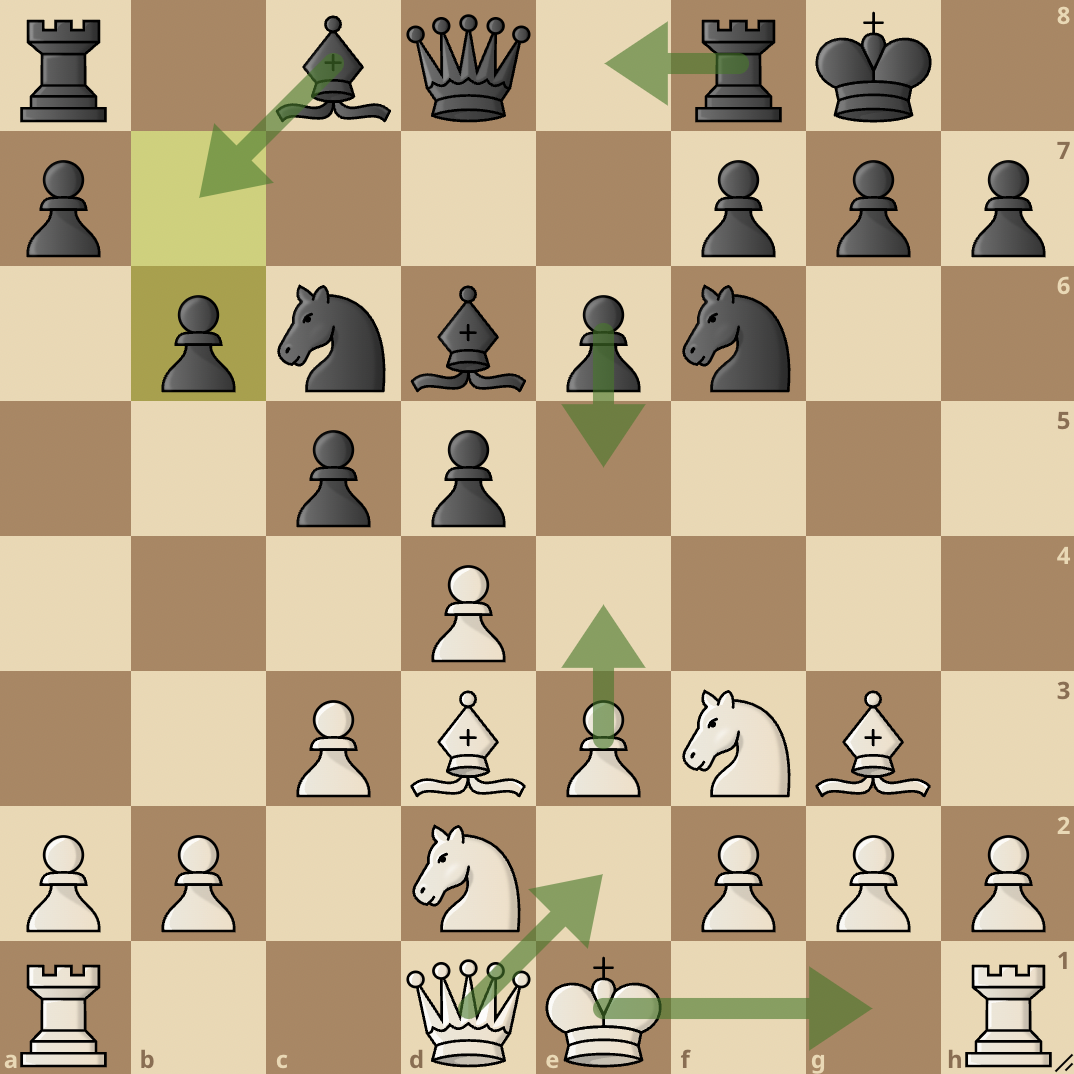
The Mainline is the most popular variation of the London System. It starts with 1. d4 d5, White then enters the London with 2. Bf4 and Black replies with 2…Nf6.
White then solidifies their d4 pawn with 3. e3 and Black immediately challenges the d-pawn with 3…c5. It is a common rule that unnecessarily capturing too early in the center is a bad way to go in the opening phase, as it relieves the tension in the center and makes the game easy for the other side.
White follows the general opening principle and does not capture the c-pawn, but rather, they go on with their setup and play 4. c3.
Black then develops their knight with 4…Nc6, putting more pressure on the d4 pawn, however, White doesn’t worry too much as the d4 pawn is well-protected by the c3 and e3 pawns.
White continues with 5. Nd2 and Black plays 5…e6, opening up space for their dark-squared bishop.
The reason White usually plays Nd2 before Nf3 is to avoid the pin from the light-squared bishop with Bg4. Hence, Nd2 is more flexible and better.
White now develops their other knight with 6. Ngf3. The knight from f3 also provides more control over the e5 square.
Black then plays 6…Bd6, offering a trade of bishops, White declines with 7. Bg3 and Black castles.
White then develops their light-squared bishop with 8. Bd3. Since Black has already played e6, their light-squared bishop is very restricted and they need to figure out a way to develop it, so they decide to fianchetto it on the queenside and they prepare to do that by playing 8…b6.
White now places their queen on a more active square by playing 9. Qe2 and Black fianchettoes their bishop with 9…Bb7.
From this position above, we can see that it’s quite calm and balanced, with little to no aggressive tendencies.
White will most likely go for a kingside attack while Black will focus on creating a break in the center and attacking on the queenside.
Rapport-Jobava System
1. d4 d5 2. Bf4 Nf6 3. Nc3
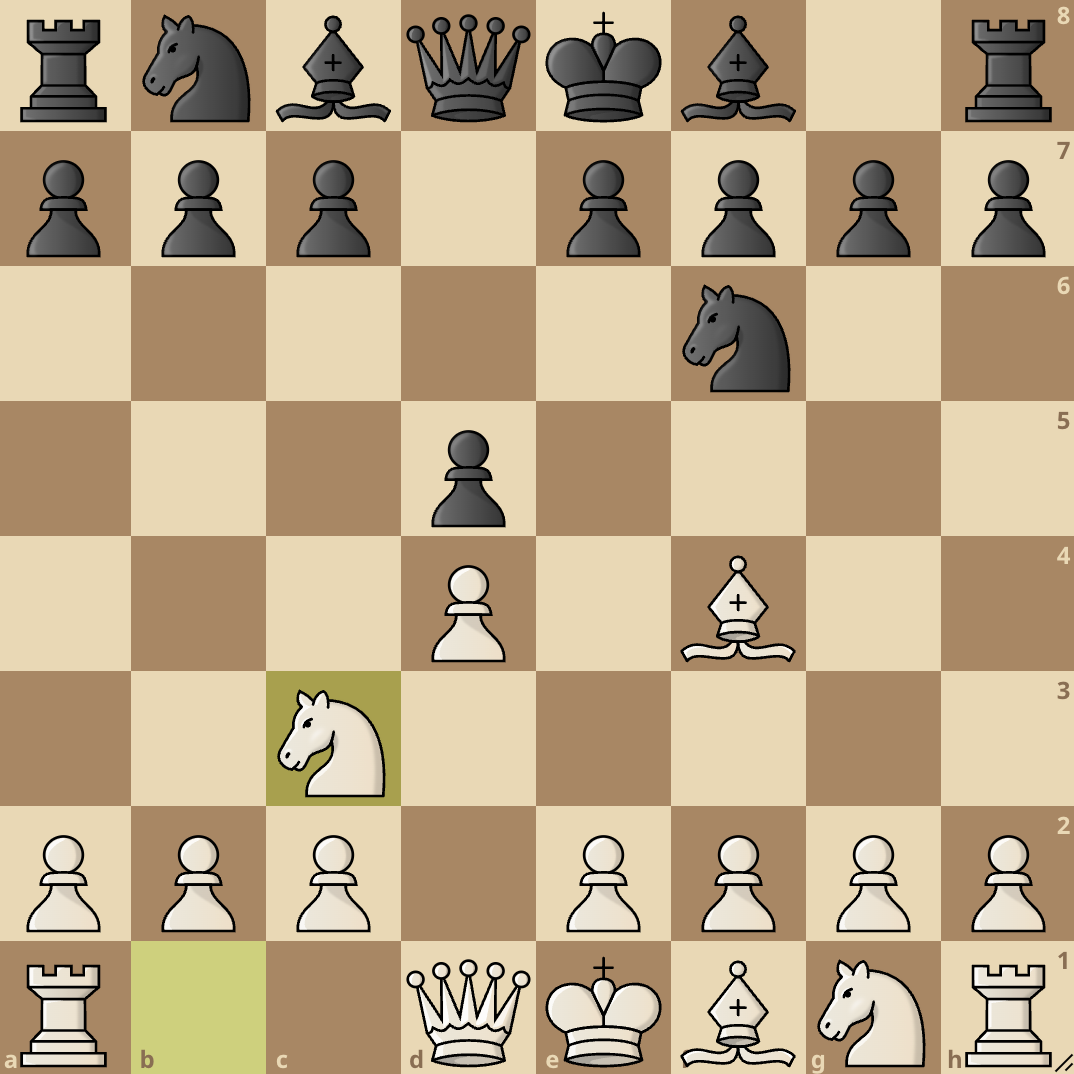
The Rapport-Jobava system is a more attack-minded variation of the London.
In this variation, White develops their b- knight to c3 rather than playing c3 and solidifying the d4 pawn.
White has the intent of going for a more attack-minded approach rather than maintaining solidity and playing a calm and positional game.
Indian Variation
1. d4 Nf6 2. Bf4 g6 3. Nf3 Bg7 4. e3 d6
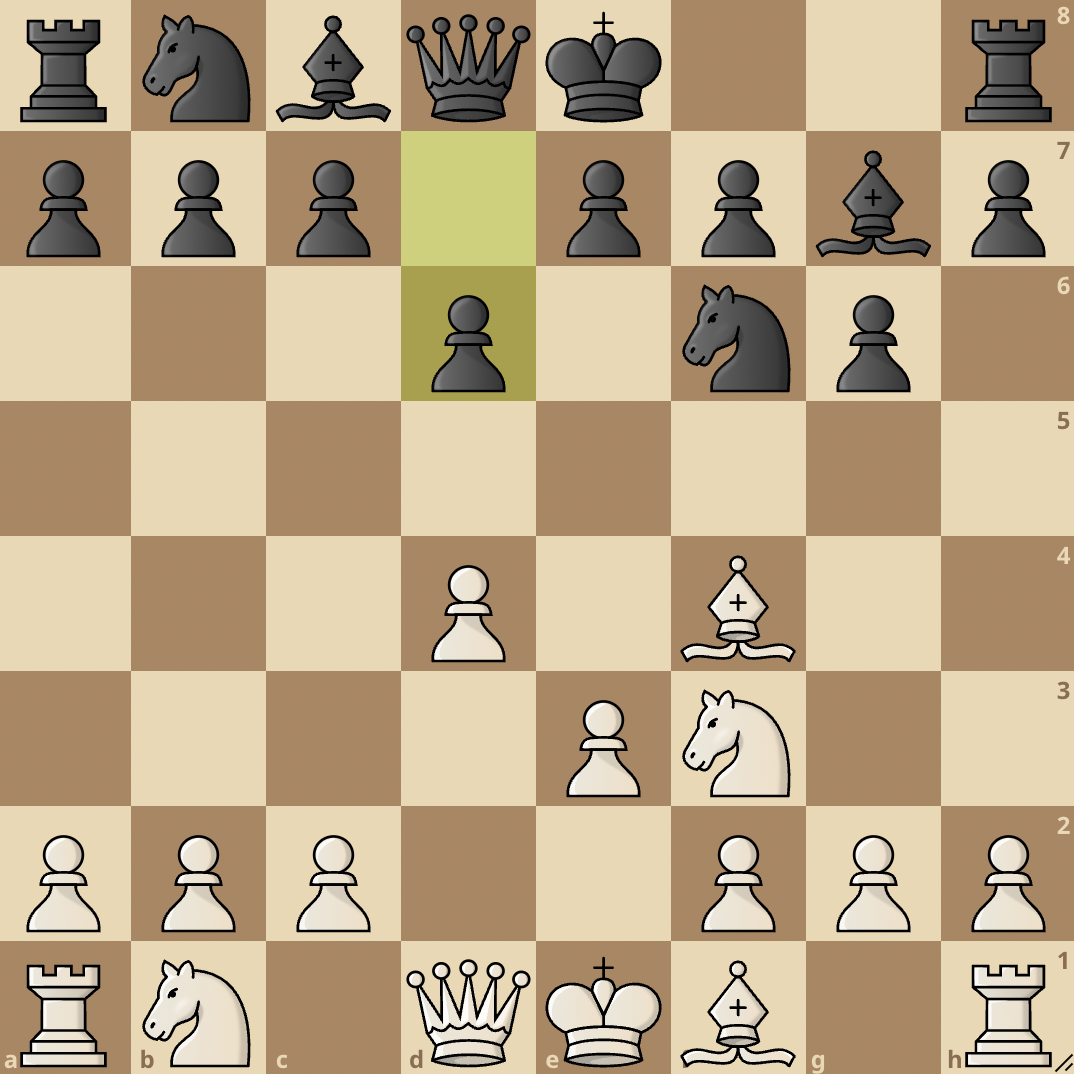
The Indian variation is a method Black uses to approach the London System.
In this variation, Black starts with Nf6, then they fianchetto their dark-squared bishop and play d6 to contest the e5 square with White. This line results in a slow and equal game.
Successful Deployments
The London System has been played over the years and it has produced some very good results. Let’s go over some games where the opening was successfully deployed.
Touch the moves or move the board around for a better interactive experience.
Gata Kamsky v Vasyl Ivanchuk, FIDE Grand Prix Beijing (2013)
Gata Kamsky is famous for being a very strong London System player and in the FIDE Grand Prix of 2013, he would display exactly why by defeating the legendary Vasyl Ivanchuk with the London.
Magnus Carlsen v Anish Giri, Bilbao Masters (2016)
Magnus Carlsen and Anish Giri are two very good friends, however, their friendship was put on hold in the 2016 Bilbao Masters tournament as they locked horns in a fierce chess game. Magnus would employ the London System to get the better of Anish and emerge as the victor.
Alexander Alekhine v Max Euwe, London (1922)
The London System has been around for a very long time and has been a weapon of choice for many strong players. The legendary Alexander Alekhine would employ its powers against another chess legend, Max Euwe, in 1922. Alekhine was able to harness the powers of the opening and emerged as the winner of the encounter.
Famous Players Who Play The London System
Here are a few famous names that have utilized this opening with great success:
Vladimir Kramnik

The former World Chess Champion is one of the biggest advocates of the London System. He has used it many times in competitive play. Kramnik is known for deeply studying openings and developing new ideas within them, so his endorsement of the London System gives it a lot of credibility.
Magnus Carlsen

The five-time World Chess Champion and highest-rated player of all time is no stranger to the London System. Carlsen has played the opening many times, using it to defeat top grandmasters. His positional style and endgame mastery pair well with the strategic nature of the London.
Hikaru Nakamura

One of the most popular chess streamers and a five-time U.S. Chess Champion, Nakamura frequently showcases the London System on his Twitch channel. His fast, tactical style demonstrates how the London can also lead to exciting middlegame positions full of tricks and traps.
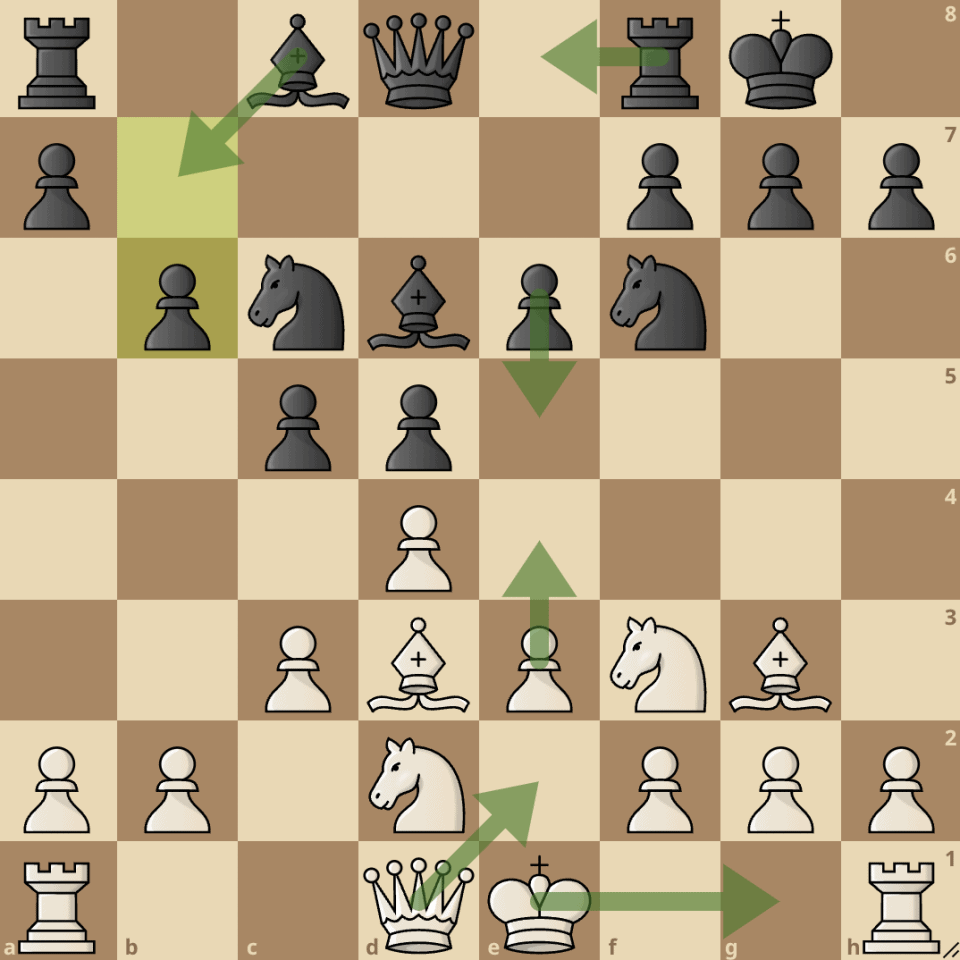




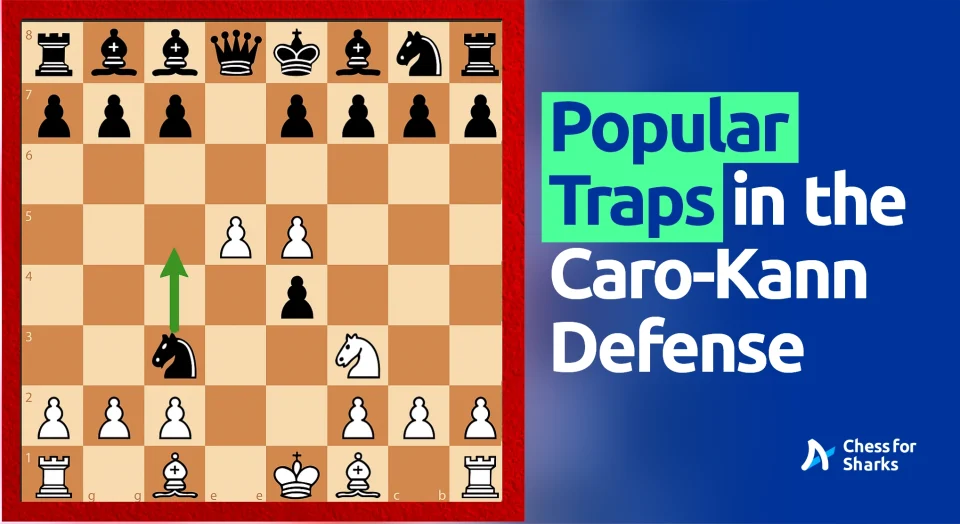

join the conversation